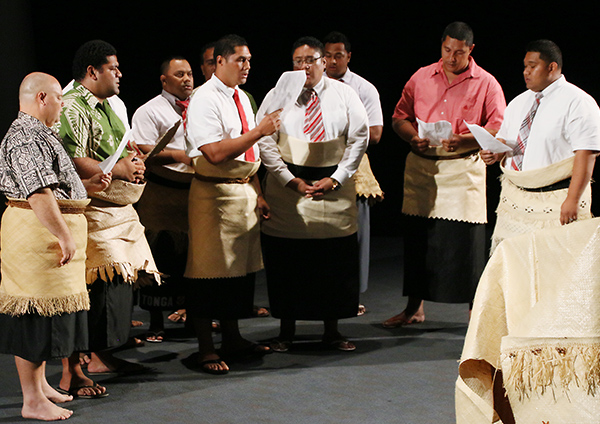PFHOF Announces ‘College Player of Year’ Finalists
SPECIAL UPDATE: The 2017 Polynesian Football Hall of Fame College Player of the Year is Sefo Liufau The Polynesian Football Hall of Fame announced its five Polynesian College Football Player of the Year Award Finalists on November 22. They present the annual award to...How to Rain-Proof a Samoan Fale
Rain Proofed Living Q: What did the Samoans who traditionally lived in open-sided fale or houses do when it rained heavily? A: Centuries ago the old Samoans figured out a way to weave a series of pola or “blinds” made from coconut-leaf fronds that were...PART III – Pearl Harbor and WWII Histories from La’ie: Mixing It Up in La’ie
SEGMENT III: Mixing It Up In Laie In Part 3 of our series of Laie during World War II, we learn from the recollections of Laverne Pukahi, Joe Ah Quin and Gladys Pualoa Ahuna about how the locals entertained themselves, what it was like to be surrounded by numerous...PART II – Pearl Harbor and WWII Histories from La’ie: The Military Takes Charge
In Part 2 of our series of La’ie during World War II, we learn from the recollections of Laverne Pukahi Joe Ah Quin and Gladys Pualoa Ahuna how martial law, declared immediately following the Japanese attack that brought the US into World War II, affected the local...

Recent Comments